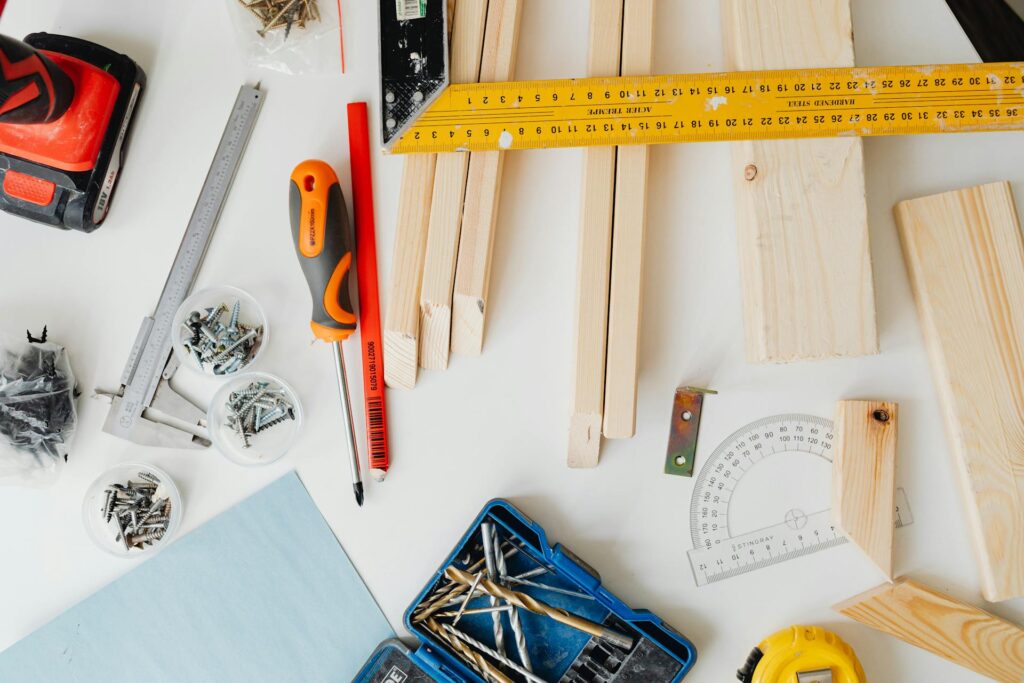Manufacturers use ball screws in an array of industrial settings. They’re designed to convert rotational motion into linear motion, and they’re crucial in applications that require precise, efficient movement. They’re found in countless types of machinery as well as a variety of items people use every day. Take a moment to delve deeper into these essential components and some of their most common uses via this Guide to Ball Screw Manufacturing.
Looking at Ball Screws and Their Working Parts
Ball screws work using rotational movement as opposed to the sliding motion of lead screws. That offers several advantages, including reduced friction, higher tolerances, greater precision, and enhanced efficiency. They consist of a few key components.
- Screw Shafts – Screw shafts are ball screws’ main components. These are long, threaded rods with helical grooves. This is one of the factors that makes ball screws more efficient and allows for more precision in manufacturing.
- Ball Nuts – Ball nuts are cylindrical parts that hold ball bearings. They’re usually mounted on the parts of machines that require linear movement. They allow ball bearings to circulate within the ball screw assemblies.
- Ball Bearings – Ball bearings rotate in the ball nuts while the assemblies are in motion. They produce minimal friction while allowing the assembly to move freely. Different assemblies have varying numbers and sizes of ball bearings.
- Return Systems – Return systems guide the bearings back to their starting points after they reach the ends of the ball nuts. They produce smooth, continuous motion with little resistance.
- All these parts work together to reduce wear and tear while providing optimal efficiency and precision. They help to make ball screws last longer than their counterparts. They also give users more flexibility, accuracy, and customization options.
Exploring Common Uses for Ball Screws
As mentioned, ball screws are used in numerous industries and for an array of purposes. They’re commonly found in CNC and milling machines. They’re also used in lathes and other machining tools. They give these machines highly controlled motion and precision. They’re also a fixture in the aerospace industry. They’re used for aircraft controls, landing gear, and many other applications.
Additionally, ball screws are essential in automation and robotics. They’re perfect for creating the smooth linear motion needed for assembly lines, robotic arms, order-picking machinery, automated warehousing machines, and an array of other situations. Ball screws are often found in medical equipment as well. That includes imaging equipment and surgical robots to name a few. At the same time, ball screws are widely used for semiconductor manufacturing to generate the precision, consistency, and quality needed to make electronic devices work properly.
Enhancing Machinery and Manufacturing Processes With Ball Screws
Ball screws are crucial components in a variety of industries, including aerospace, robotics, automation, and the automotive sector. They’re also used in medical devices, milling machines, and many other applications. Their unique design gives users greater efficiency, precision, repeatability, quality, and longevity among other benefits. On top of those factors, ball screws can be customized to meet different requirements without sacrificing the advantages they bring to the table.
Hey there! I’m a self-proclaimed Twitter addict and an unapologetic coffee lover.









